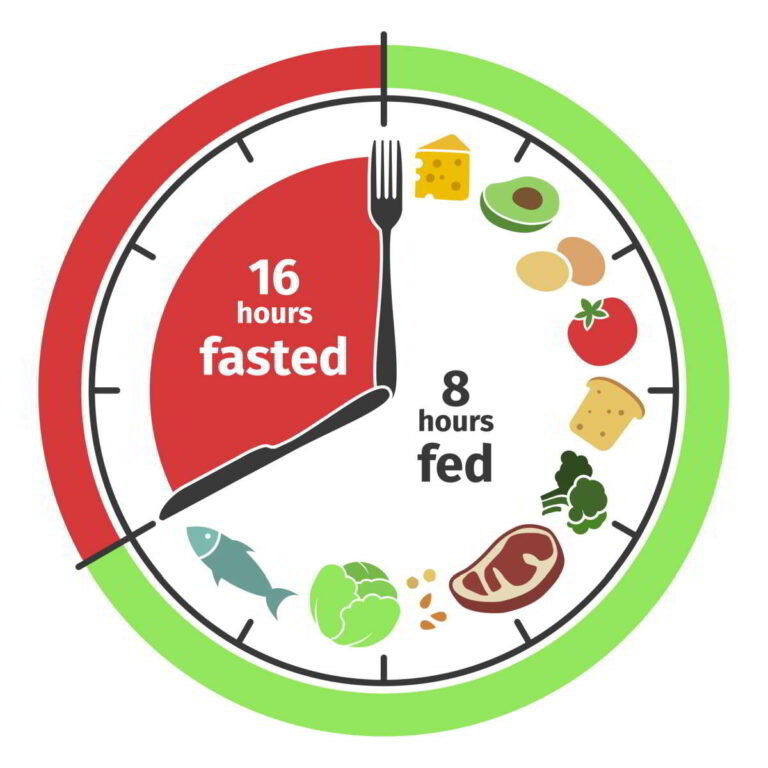What Actually Is Intermittent Fasting?
After working with over 500 patients in my clinic, I've seen people get confused about this constantly. Intermittent fasting isn't some trendy diet—it's just timing when you eat. You cycle between eating periods and fasting periods. That's it.
During fasting windows, you consume zero calories. Water, black coffee, plain tea are fine. The magic happens because your body gets a break from processing food all day long. This can help stabilize your normal blood sugar levels and improve insulin sensitivity.

The Real History Behind This
People think intermittent fasting is new. It's not. Humans have been doing this for thousands of years—sometimes by choice, sometimes because food wasn't available. Religious communities like Muslims during Ramadan, Orthodox Christians during Lent, they've practiced structured fasting for centuries.
What's actually new is eating every 3 hours like we do now. That started in the 1970s when glucose monitoring became available and doctors got worried about people's blood sugar dropping. Unlike traditional approaches, intermittent fasting works alongside natural ways to lower blood sugar for comprehensive glucose management.
"I had a patient who'd been eating 6 small meals daily for diabetes control. After switching to 16:8 fasting, her morning glucose dropped from 140 to 105 mg/dL in just 8 weeks."
— Personal clinical observation

